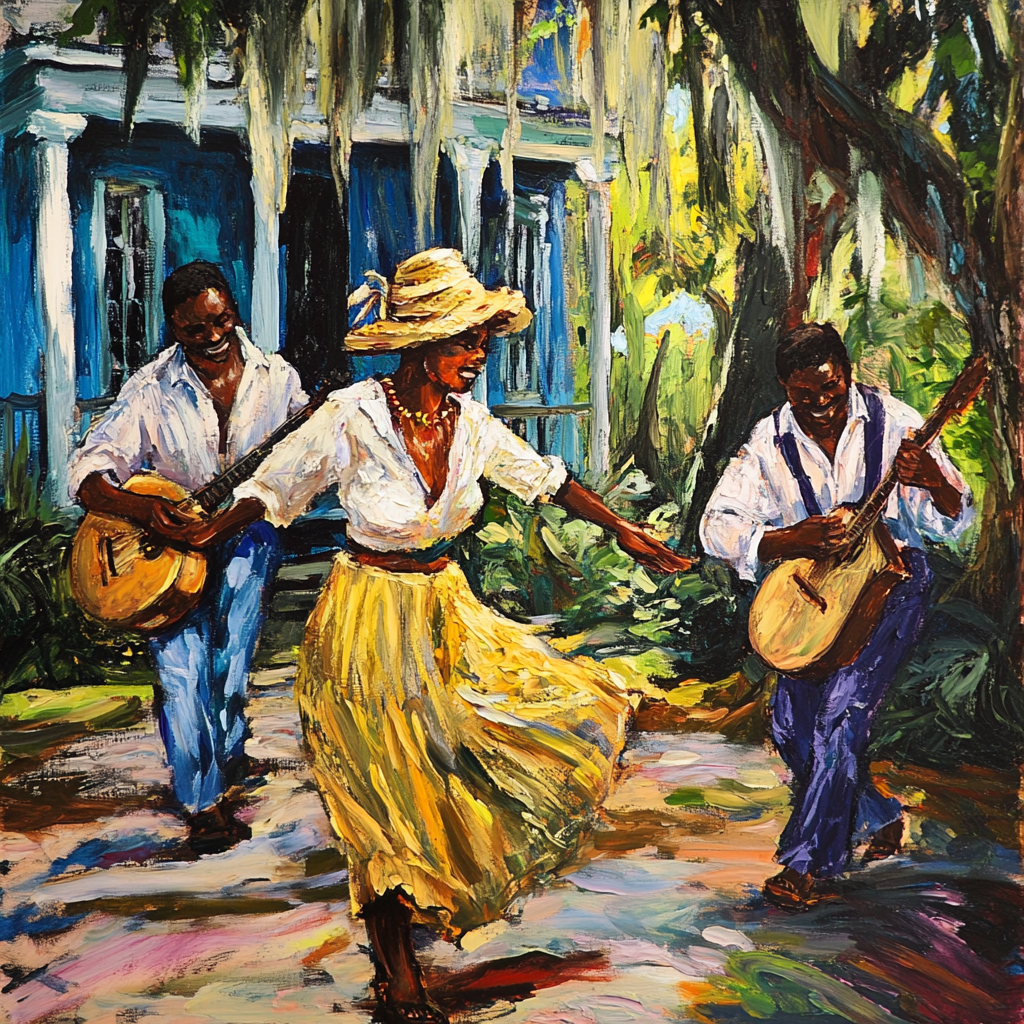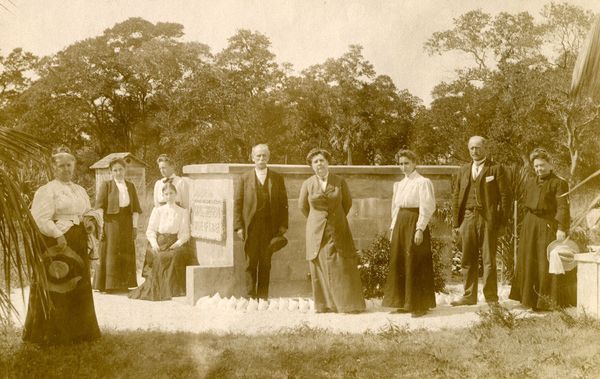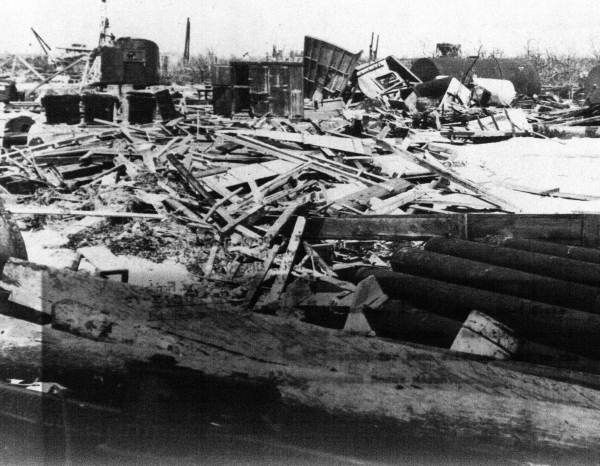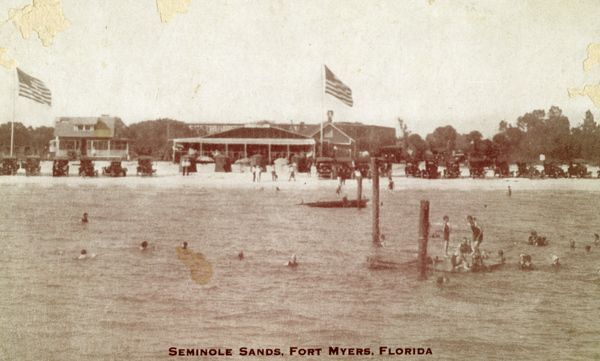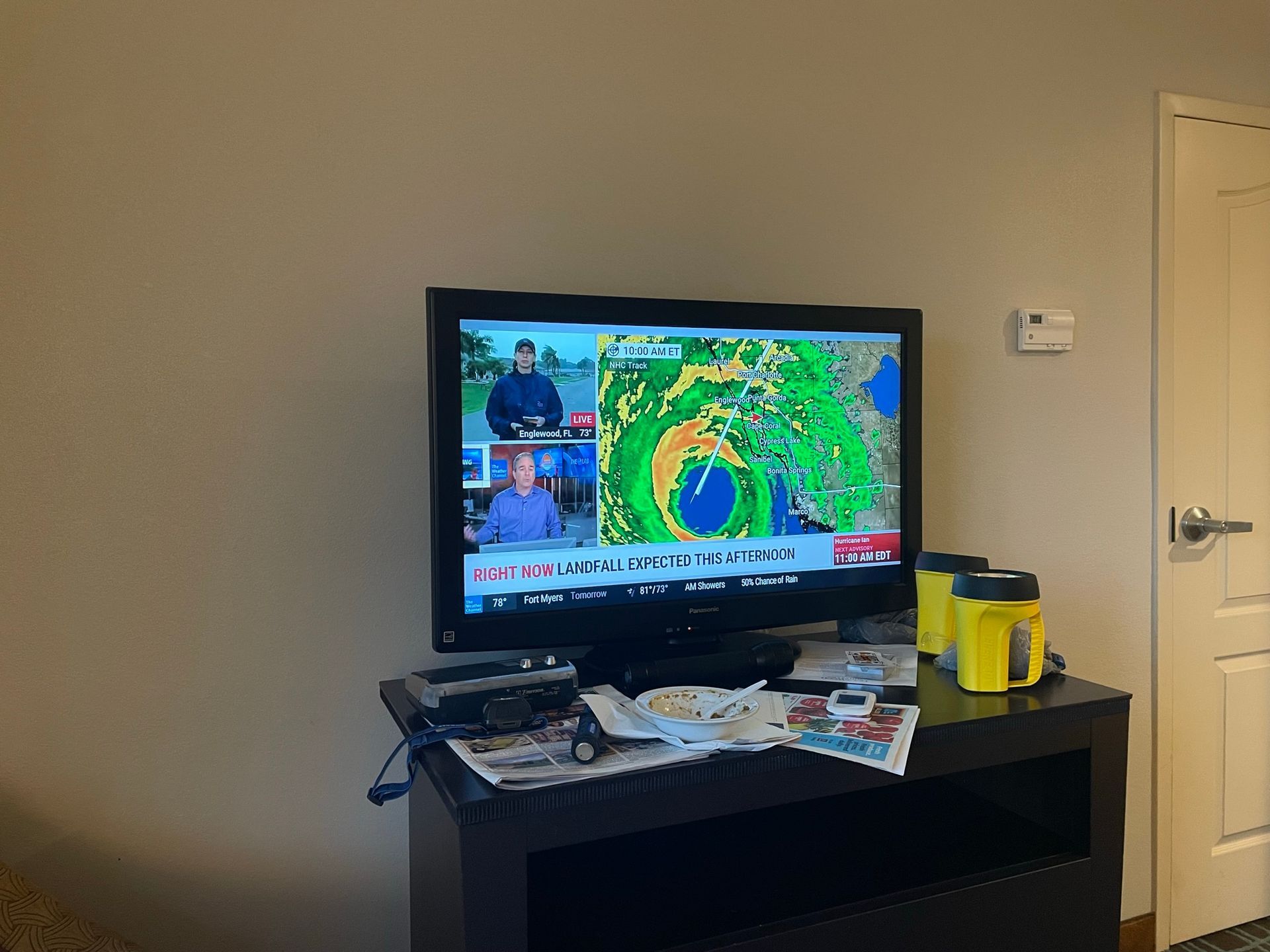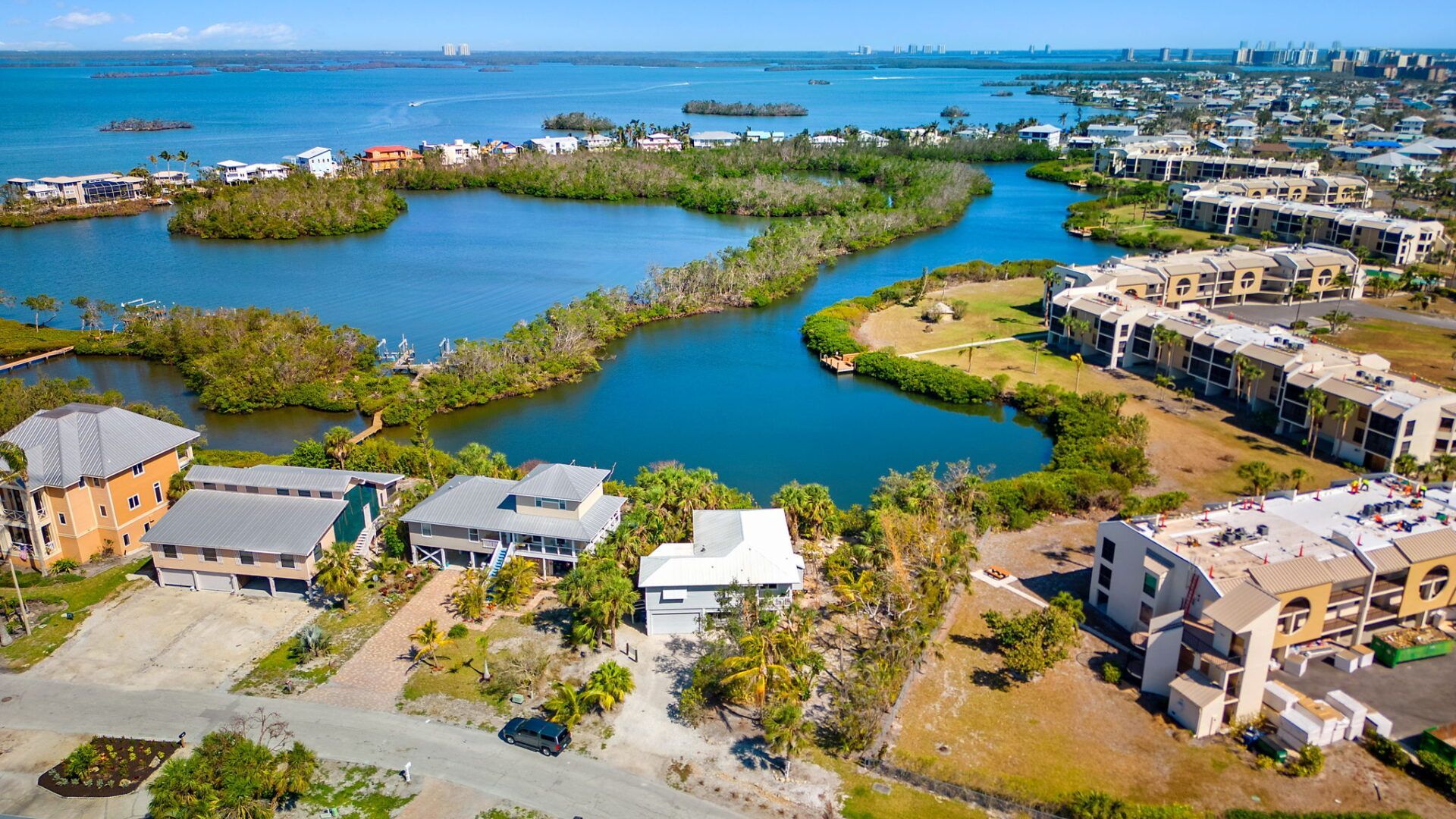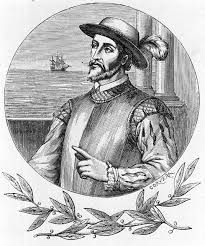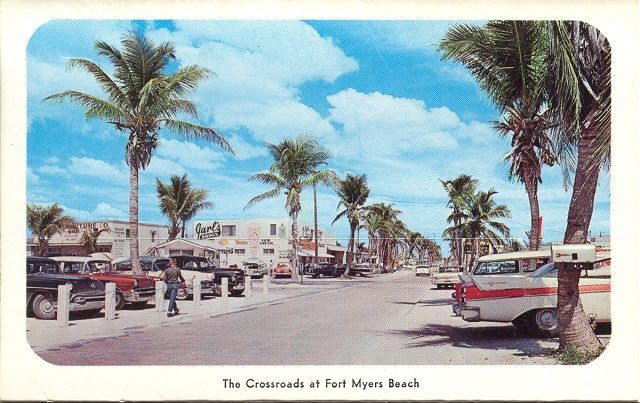The Calusa Indians and Mound Key
Over 5,000 years ago, the Calusa Indians made their home on the sandy shores of Estero Island. In fact, carbon dating suggests that southwest Florida was the cultural center of the Calusas.
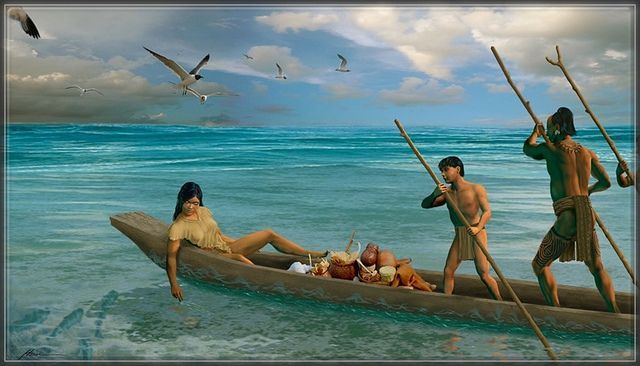
Perhaps the most impressive historical proof of the Calusa can be found in the shell mounds on many barrier islands in southwest Florida. Archeologists believe that Mound Key was the cultural capital of the Calusa Indians who dominated the waters of Southwest Florida for over 2,000 years. The Calusa tribe may have consisted of as many as 50,000 Indians inhabiting these barrier islands at the peak of their culture.
Calusa means “fierce people” which accurately describes these tall, well-built Indians who have been described as fierce and war-like. The Calusa were different than other Florida Indians as they did not farm. Instead, they lived off the water, fishing in the bays, rivers, and waterways. Using nets made from palm fronds, they caught fish. They made arrowheads from fish bones to hunt deer and other small animals. They also caught shellfish like crabs, clams, lobsters, and oysters. Known as “shell collectors,” the Calusa used shells for tools, utensils, jewelry, and spears.
Since they lived on the coast, the Calusa were excellent sailors. They were able to defend their land against threatening tribes and explorers who approached them by water. The Caloosahatchee River was their main waterway.
Using canoes made from hollowed-out tree trunks, the Calusa traveled as far away as Cuba. They were known to attack ships when they anchored close to shore sailed up and down the west coast salvaging shipwrecks.
Mound Key, the cultural center of the Calusas, was constructed of shells, bones, and other discarded objects known as midden. In 2013 and 2014, Victor Thompson, an associate professor of anthropology at the University of Georgia, worked on the island using “coring, test-and-block excavations and radiocarbon dating” to determine that midden was not the same from top to bottom.
One would think that the materials in midden would include the more recent additions on the top of the mound and the older elements towards the bottom. However, Thompson and his team found that this pattern was not the case on Mound Key.
For example, radiocarbon dating showed that much of the wood fragments and shells were not arranged in this order. They found older shells and charcoal fragments above the younger ones—completely out of the normal order. Researchers concluded that this pattern suggests that Calusa reworked midden deposits to create land and were shaping them for different purposes.
The tallest mound on Mound Key is almost 32 feet above sea level. This probably took hundreds of millions of shells according to Thompson. The Calusa lived on top of the midden-mounds. They built canals and water storage facilities. Thompson believes that the mounds were built as a result of daily living.
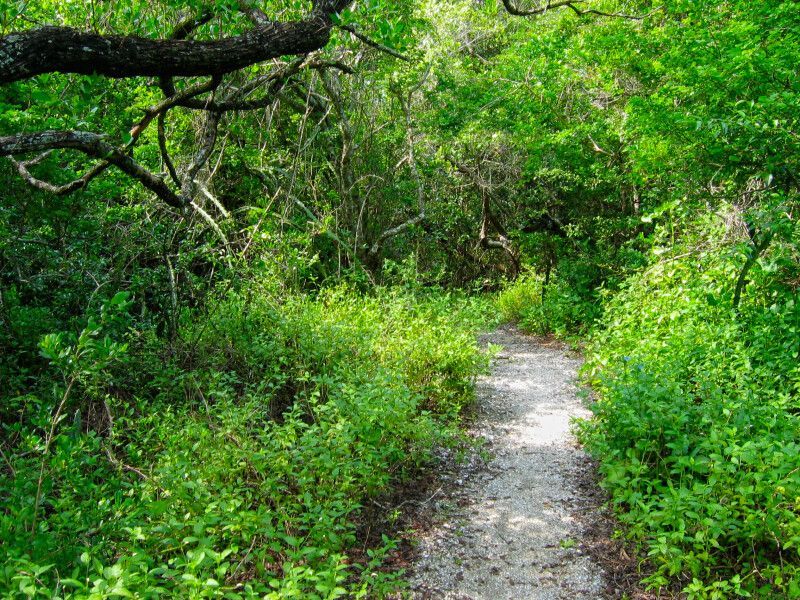
Two University of Georgia students excavate a site on Mound Key near Fort Myers Beach. Photo courtesy of Victor Thompson/University of Georgia
What Happened to the Calusa?
What happened to these fierce sailing Indians? The Calusa tribe died out in the late 1700s. Enemy Indian tribes from Georgia and South Carolina began raiding the Calusa territory. Many Calusa were captured and sold as slaves.
In addition, diseases such as smallpox and measles were brought into the area from the Spanish and French explorers and these diseases wiped out entire villages. It is believed that the few remaining Calusa Indians left for Cuba when the Spanish turned Florida over to the British in 1763.
Mound Key has always been a mysterious island that brings back wonderful memories. When I was a kid back in the 50s and 60s, Mound Key was not a state preserve. The 125 acre island served as capital of the Calusa civilization for thousands of years. After the Clausa, the island was home to settlers including the Koreshans who farmed on the land. In 1961, the Koreshans donated the land to the state. This included all but one 10-acre parcel which was owned by the McGee brothers. The county has since purchased this parcel, so the entire island is now protected.
Every Christmas, a group of campers from Red Coconut would take a trip to the island. We would load boats with families and friends, pack a lunch, and head to the mangroves. At that time, there were a couple of fishing shacks on the mound, and we had so much fun roaming around the island, exploring these shacks, the “burial grounds” and of course, the pirate treasure. Our parents would hide “gold” around the island and would lead us on hikes where we would “discover” the gold. We never found out what happened to these treasures, but at the time, we were thrilled with our discoveries.
Even today, I always look for reasons to visit the island. There is a trail that leads from one end of the island to the other. You can see canals cutting through the island and from the top of the mound, you get a great view of Estero Bay.
